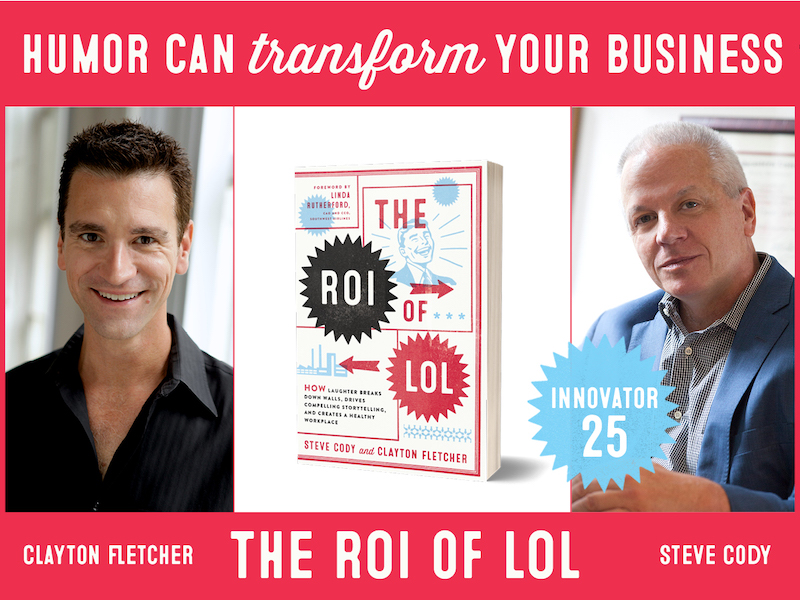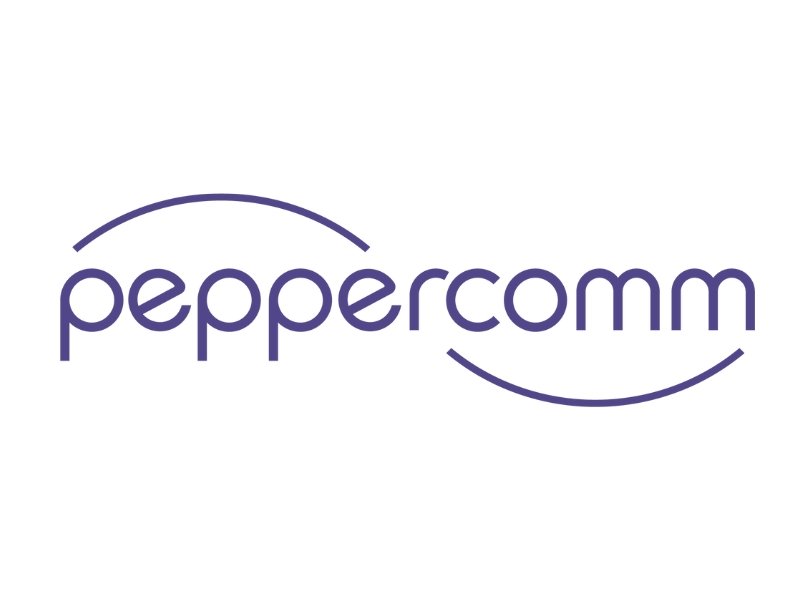Steve Cody and Clayton Fletcher 12 Dec 2023 // 3:59PM GMT

Laughter in the workplace is having its moment. And for exhausted communicators and leaders charged with motivating and inspiring employees, it’s not a moment too soon.
If your people are stressed/bored/burned out, you’re not alone: Gallup’s 2023 “State of the Global Workplace” report shows that 44% of employees feel stressed every day and one in five is angry. This Wall Street Journal article explains why so many people despise their jobs even more today than they did at the height of the pandemic.
During our early years of exploring what businesspeople can and should learn from comedians, we discovered clear connections such as being present and vulnerable, listening actively, reading an audience, and, of course, storytelling. But over time, first with input from academics, brain scientists, and business culture experts, and later in researching for our book, The ROI of LOL (HarperCollins Leadership, Oct. 2023), we recognized laughter’s remarkable potential to help businesses in new and less obvious ways (www.roilol.com).
What we learned is that laughter has an extraordinary ability to unleash brain power. Not just by making us feel good, which is precious enough, but by opening up neural pathways that enable us to see things in a new light and make connections that might never have come together without it. Laughter unleashes brain peptides like oxytocin and neurotransmitters like serotonin, which enhance feelings of reward and motivation. In their study, “Humor Associated with Mirthful Laughter,” researchers from Loma Linda University Health found that laughter “sustains high-amplitude gamma-band oscillations. Gamma is the only frequency found in every part of the brain. What this means is that humor actually engages the entire brain,” and like meditation, holds it there. That, in turn, helps us enter the much-sought-after, highly elusive “flow state,” which powers mental focus, innovation, and openness to creativity.
Imagine what that can mean for a tired, stressed, and even angry group of employees. We've not only imagined it, we've experienced it. To wit:
- Employees of a luxury auto company were struggling to work together in the midst of a major business transformation. As their focus shifted from traditional to renewable energy-powered vehicles, internal friction and failure to collaborate had put the brakes on the change initiative before it even had a chance to ignite. A multistage program that combined the tenets of stand-up and improv helped employees see one another as individuals and relate to one another’s life experiences. This, in turn, set the stage for greater collaboration and got them speeding toward transformation. They’re now back in the fast lane and racing toward the finish line, and so far they haven’t received a single speeding ticket.
- A major accounting firm drew professionals from different countries and cultures together to understand why an initiative created by firm leaders had failed so miserably. We enlisted the help of a group of professional actors, musicians, and comedians to bring to life the core of the problem through an improvised theatrical production that was as eye-opening as it was hilarious. They then worked together to co-create a new program while building a sense of psychological safety and new relationships that has seen the internal silos come down. This group is now not only crunching numbers, but they are well on their way to a standing ovation of their own.
Laughter in the workplace, or more specifically, applying the theories and tenets of comedy to business challenges, isn’t for everyone. But done right, it can help organizations energize and engage their people at a time when it is needed most. The moment is now.
Steve Cody is CEO of Peppercomm. Clayton Fletcher is a professional stand-up comedian and Peppercomm’s chief comedy officer. They are the authors of The ROI of LOL: How Laughter Breaks Down Walls, Drives Compelling Storytelling, and Creates a Healthy Workplace.


































.jpg)

















